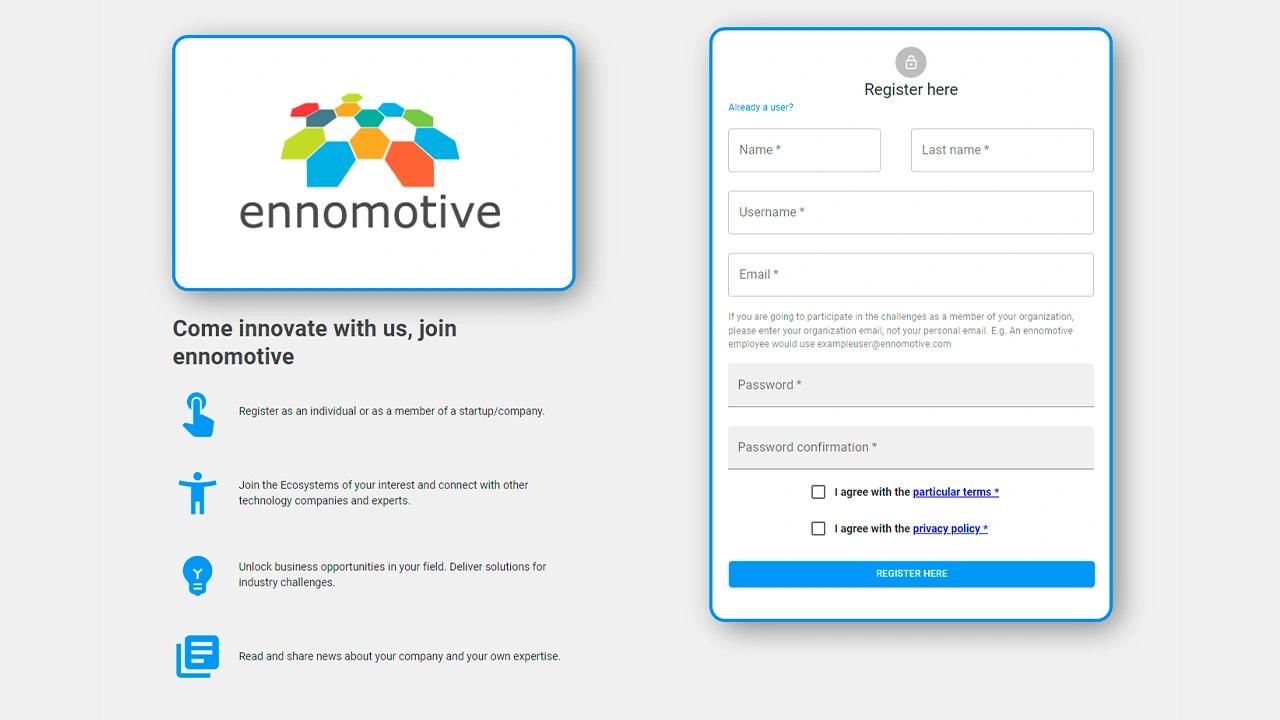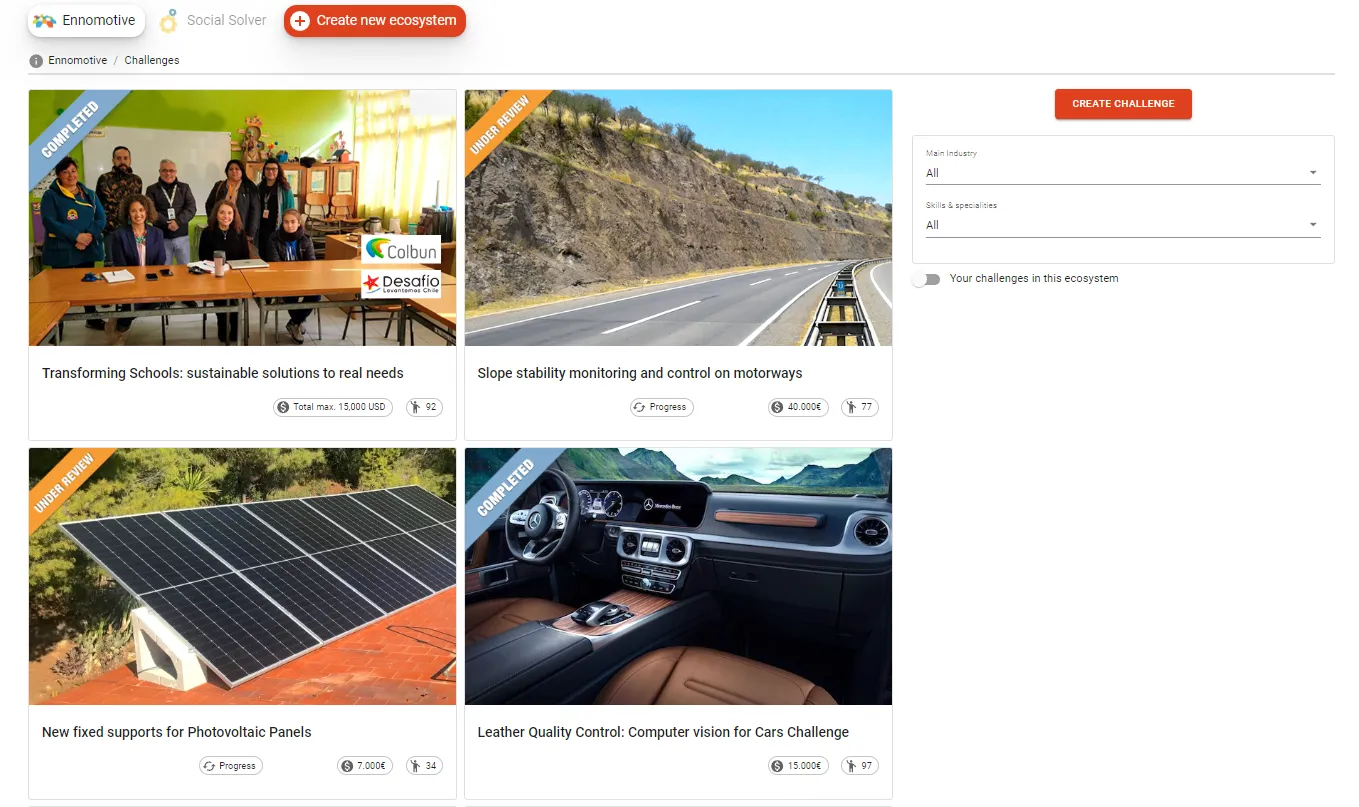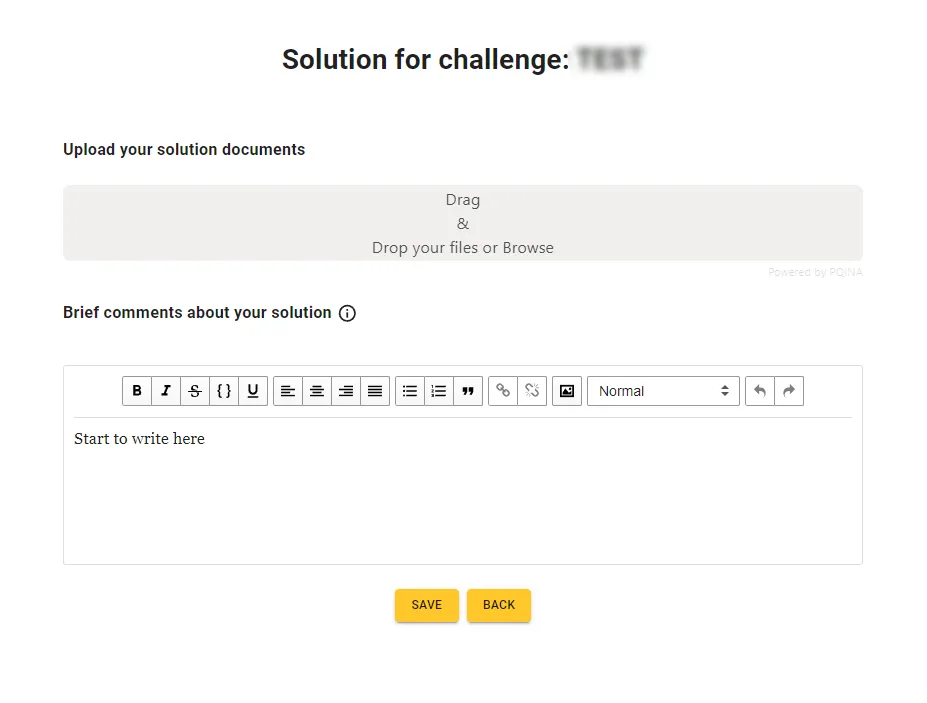Background
Ecovidrio is a non-profit entity responsible for managing the recycling of all glass packaging waste in Spain. The current recycling system was created after the Packaging Waste Act came into force in 1997, and started operating in 1998.
Ecovidrio is a reference in the management of glass packaging waste and in the promotion of responsible recycling habits and aims to contribute to the sustainable development of a society based on the circular economy.
The challenge
The collection of glass is carried out by means of specific containers, usually green, which are located on the street. Consumers (households) and large consumers (hospitality) dump packaging glass waste into the containers.
Dumping a single glass bottle by a consumer is a very simple task compared to moving large quantities of glass waste by bars and restaurants. These premises collect glass waste inside 40-120 L trash bins for later transport and dumping into a street container (wide mouth container).
To facilitate this task, Ecovidrio has a bin dump system assisted by gas pistons and installed in more than 14,000 containers with wide mouths, located near bars and restaurants.
This system consists of a frame with a dump mechanism (about 200 € cost) that is installed in each container and a small hook that comes installed in each standard bin.
The hook-shaped hardware must be placed 86 cm from the base of the trash bin, so it is only suitable for bins of a minimum height of 86 cm.
The flip of larger trash bins (90-120 L) into the container presents several problems due to the handling challenge due to the weight (around 40 kg for a standard 120 L bucket) and the pouring of glass and liquids to the public road.
The current system shows some problems:
- More often, users end up using a smaller trash bin
- Two people are needed to flip the trash bin for dumping the glass
- You might need to take out the bottles one by one
- Some other users end up using bags with bottles
As a result, the glass packaging waste collection is not convenient and becomes less efficient. This creates a barrier for recycling with an increase of occupational hazards, not proper glass collection (plastic bags) and some unhealthy environment around the container. This situation creates user dissatisfaction and affects recycling performance.
Consequently, the current system should be improved to be more convenient and to reduce maintenance costs.
When you register for the challenge you will be able to download the following attachments:
- Street container drawings (different manufacturers) without the flipping system
- 90 L and 120 L trash bins drawings (different manufacturers)
- Annex document with links to videos showing the current flipping system, the most common problems observed and required specifications for the new system.
What we are looking for
Ecovidrio is looking for one of these 2 possible solutions:
1. Design of a new assisted system for an easy, fast and safe flip of bins to dump the waste into the containers. Such a system might adapt to the bin or container.
In addition, the system must be suitable for one small individual person (145 cm, 50 kg), and able to assist the lifting (and emptying) of bins of different cubic capacity (up to 120 L) without effort or help from third parties.
2. Design of a more global system for collecting, transporting from the bar or restaurant and dumping the glass waste into the street container. You may change the current trash bins and the flipping system but not the street containers.
The new system may be modular, supplied as a kit, simple to install, or with any other variation, with the limitations described in the annex document (especially in terms of safety and overall cost of the system).
There are some trash bins in the market that bring their own flipping system (installed as part of the trash bin) but those are not accepted due to a high cost (130 €) and low convenience.
Evaluation criteria
Proposed solutions will be assessed according to the following evaluation criteria (in order of importance):
- Greater compatibility with different existing bins
- Solution safety (including associated process)
- Easy operation and transport by a single operator, intuitive
- Lowest initial investment (CAPEX)
- Simple and economical maintenance. Lowest operating cost (OPEX)
This is a challenge with the following deliverables
Round 1
A PDF document describing the proposed solution, including:
- Technical description of the proposed system, materials, 3D drawings...
- Operating instructions
- Required investment (CAPEX) and approximate maintenance costs (OPEX).
- In addition, you can add attachments to support your solution.
Additionally, you can add other documents to support your solution. If they are not PDF files, to upload them you must compress them into a .zip file
Please send the description of your solution in a structured way (avoiding long texts), using indexes and lists. Support your solution with pictures and diagrams. Generally, this will help us better understand the solution, rather than long texts.
Round 2
A PDF document with the detailed design of the proposed solution, including:
- Specification of required equipment and materials (including suppliers if any)
- Detailed drawings
- Mechanical calculations
- Detail of solution cost (justified)
- Budget or estimate to build and test a prototype
Challenge deadlines
Round 1
Submission accepted until July 24th, 2024.
Communication of finalists - September 5th, 2024.
Round 2
Submissions of 2nd round (finalists only) until Sept. 23rd, 2024.
Winner announcement by Oct. 10th, 2024.
--------------------------- Particular Terms and Conditions ----------------------------
Confidentiality
According to general terms and conditions
Intellectual Property
According to general terms and conditions



